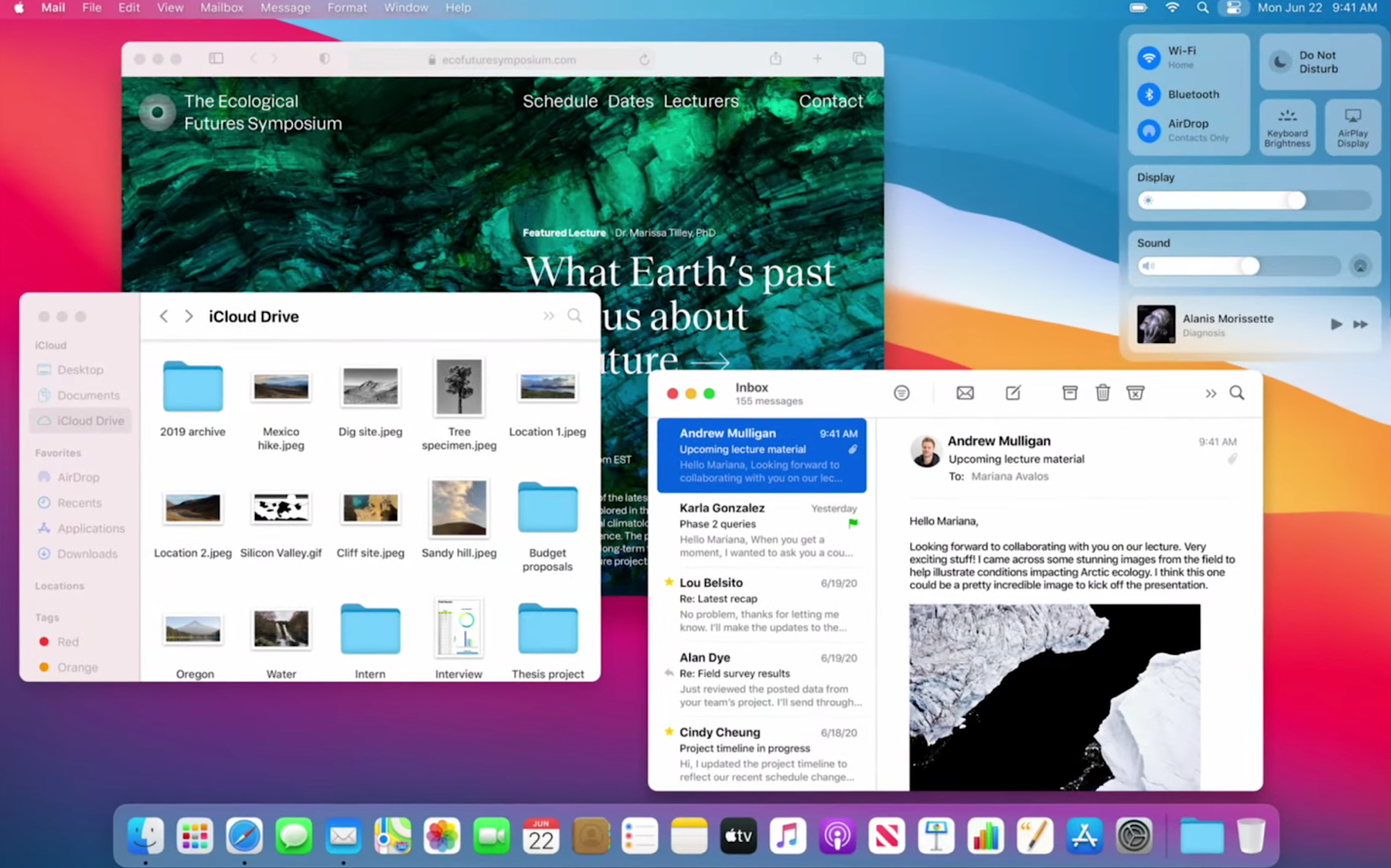
- Can you downgrade mac os without backup how to#
- Can you downgrade mac os without backup password#
While you can use Mojave long after Apple stops supporting it, we’d advise you against doing so.

This version of macOS still received security updates as of February 2021, but they could stop at any time. Support for Mojave is expected to end in 2021. Therefore, it’s better to check user reviews discussing how well Catalina runs on your machine before moving on with the upgrade, regardless of whether your Mac is compatible with Catalina. Owners of older Macs report a higher battery drain and degraded performance. While Catalina is better than Mojave for most users, it might not necessarily be the best option for you. Equally important, Catalina offers a performance boost substantial enough that everyone should consider the update. As is always the case for the newer versions of macOS, Catalina comes with a number of bug fixes and security improvements. The important thing is to preserve your passwords before you wipe your drive.
Can you downgrade mac os without backup password#
It doesn’t matter much whether you use something as sophisticated as a password manager or as simple as the Notes app. Alternatively, copy all your valuable documents, pictures, and other files to an external drive.īefore you downgrade to Mojave from Catalina, save your passwords as well. This is a built-in tool allowing you to make an exact copy of macOS and all the files stored on your Mac. To downgrade from Catalina to Mojave without losing data, make sure to create a backup first. Select the latest Mojave backup and follow the instructions on your screenįAQ How do I downgrade from Catalina to Mojave without losing data?.


In the Utilities window, select Restore From Time Machine Backup and click Continue.
Can you downgrade mac os without backup how to#
Here’s how to downgrade macOS using Time Machine: You can skip all the steps above if you have a Time Machine backup from when your Mac was still running macOS Mojave. How to Downgrade from Catalina Using Time Machine
Follow the instructions in the Set Up Assistant. In the window that opens, select your external drive and click Continue. Restart your Mac while holding the Option key. Plug in the external drive with macOS Mojave on it. Now everything should be ready for getting macOS Mojave back on your Mac. Once your Mac’s drive is erased, quit Disk Utility. In the Utilities window, select Disk Utility and click Continue. To go back to Mojave from Catalina, you have to uninstall your current version of macOS first. Hit Return and provide your password when requested 3. Enter the command: sudo /Applications/Install\ macOS\ Mojave.app/Contents/Resources/createinstallmedia -volume /Volumes/YourDriveNameġ2. In the Applications folder, select Utilities10. Go back to Finder and select Applicationsĩ. In the Erase tab, select the macOS Extended format and click EraseĨ. Open Disk Utility and select your external drive from the sidebarĦ. In the Applications folder, select Utilitiesĥ. Connect a USB flash drive or an external drive with at least 16GB of storageĤ. To revert to Mojave from Catalina, you need to have a bootable installer.Ģ. Select Allow booting from external mediaĢ. Select an admin account and enter the password. From the menu bar, select Startup Security Utility. In the macOS Utilities menu, select Utilities. Select a user account and enter its password. Press and hold Command (⌘) + R once you see the Apple logo. Although undoubtedly useful, these default security settings should be changed to allow you to reinstall macOS Mojave from a bootable installer. Mac models with the Apple T2 Security Chip are protected against unauthorized access by their External Boot settings. Therefore, grab an external storage device and follow this guide to backing up your Mac. Prepare for reverting from Catalina to Mojaveīefore you go ahead and uninstall Catalina, complete the following actions: Back up your MacĬhances are, you’ve spent enough time with your favorite device to accumulate gigabytes of valuable information that will be missed dearly after you wipe your Mac’s startup disk. You can always downgrade macOS Catalina to Mojave, and our step-by-step guide is here to help. Is it a major cause for concern? Not really. 
You know, the one where the new macOS performs far worse than expected. You’ve enthusiastically installed macOS Catalina only to run into the expectation-versus-reality scenario.








 0 kommentar(er)
0 kommentar(er)
